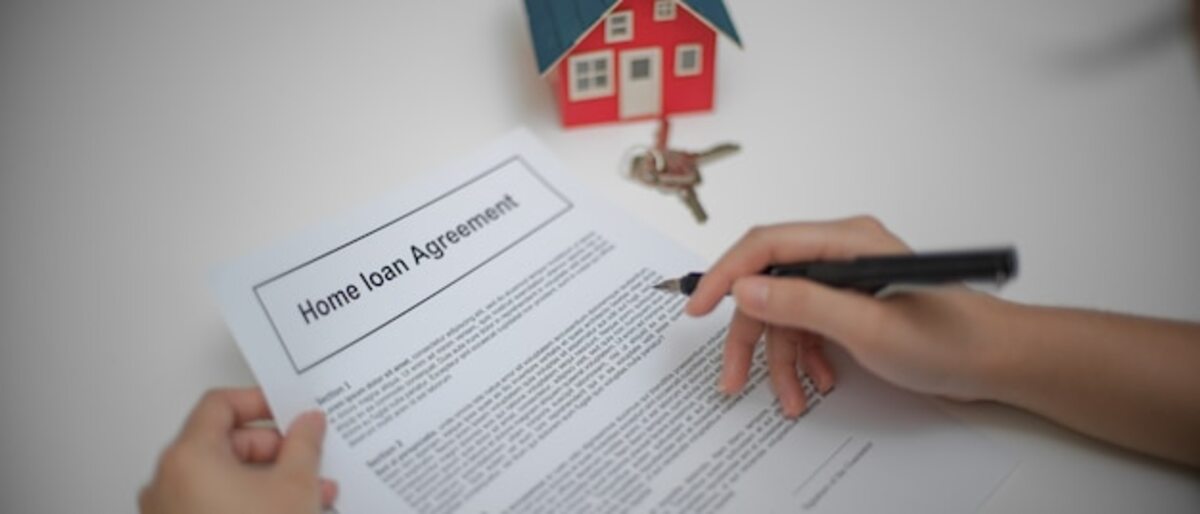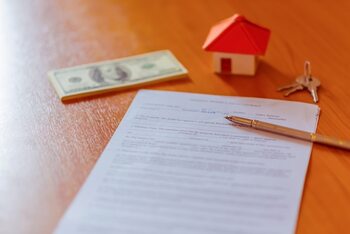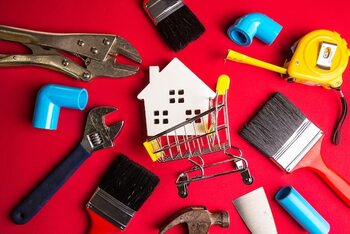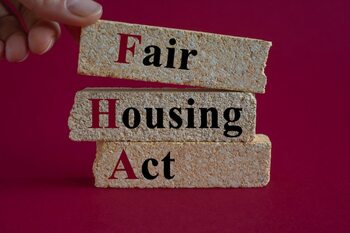Effective ways to document damages before leaving a rental.

Documenting damages before leaving a rental is crucial to ensure that your deposit is returned in full. In this article, we will provide effective and practical ways to successfully carry out this task. From the importance of good documentation to tips on how to present your findings, here you will find everything you need to know to protect your investment and avoid conflicts with your landlord. Get ready to leave your rental worry-free!
The importance of documenting damages in the exit process
Documenting damages at the end of a rental contract is a crucial step to protect your interests. When moving out, it is essential to conduct a thorough assessment of the property's condition and record any pre-existing damage or deterioration that occurred during your stay. This action not only helps you justify the return of your deposit but also provides tangible evidence in case of disputes with the landlord. Without proper documentation, you could find yourself in a situation where the owner claims repairs for damages that already existed before your arrival, which could result in the partial or total loss of your deposit.
Additionally, having a detailed record of the damages and conditions of the home can facilitate future legal processes if significant discrepancies arise between what was agreed upon and what the owner claims. Recognizing the importance of documenting every corner of the rental, from minor imperfections to more serious issues like leaks or damaged appliances, creates a solid foundation for any subsequent negotiations. Therefore, it is advisable to use photographs and accurate descriptions to ensure that every aspect is correctly reflected, thus providing you with greater peace of mind when leaving the place.
2. Useful tools for visual documentation
To carry out effective visual documentation of the damages in your rental, it is essential to have the right tools. A smartphone or a digital camera are essential for capturing clear and detailed images of any damage you find. Make sure to use the high-resolution function to obtain sharp photos, as this will help demonstrate the extent of the problem and serve as solid evidence in case of disputes with your landlord. Additionally, consider using a tripod or stabilizer if possible, to avoid blurry images that could detract from the credibility of your documentation.
In addition to cameras, there are mobile applications that allow you to easily organize and tag your photos. Some even have features that let you add notes directly to the images, which is useful for identifying what damage corresponds to each area of the property. Tools like these not only facilitate information gathering but also help present a more professional report when necessary. Finally, don't forget to complement your photographs with short videos; a virtual tour of the space can provide an additional perspective on the overall condition of the rental and give context to the documented damages.
3. How to write an effective damage report
To write an effective damage report, it is essential to structure it clearly and in detail. Start by including the date when you are documenting, as well as your name and that of the landlord. Then, divide the report into specific sections, such as 'Wall Damage,' 'Floor Damage,' or 'Appliances,' to facilitate review. Make sure to describe each damage accurately: mention its exact location, the type of damage (scratches, stains, breakages), and any circumstances that may have contributed to its occurrence. A concise yet comprehensive description will help avoid misunderstandings.
In addition to the textual description, it is crucial to support your findings with visual evidence. Include clear and well-lit photographs that show the damages from different angles. Make sure to capture images that contextualize the problem; for example, if there is a stain on the carpet, take photos of the surrounding area to provide a sense of the environment. At the end of the report, consider adding a summary with recommendations on how the damages could be repaired or suggestions for future improvements. This not only demonstrates your proactivity but can also open more constructive communication channels with your landlord when discussing repairs or deposit deductions.
4. Photographs: the best ally in documentation
Photographs are an essential tool when documenting damage to a property. They not only capture the exact condition of the affected areas but also serve as visual evidence that can be invaluable in case of disputes with the landlord. When taking photos, be sure to do so from different angles and distances to provide a clear context of each damage. Additionally, it is advisable to include images of the overall environment and not limit yourself to just the damaged areas; this will help demonstrate that you have been a responsible tenant during your stay.
To maximize the effectiveness of your photographs, consider using good equipment or even your mobile phone with a quality camera. Ensure that the images are well-lit and avoid using filters or edits that could alter the reality of the damage. It is also helpful to include a time reference, such as a sheet with the written date or using an app that automatically records the time in the photos. This way, you will have solid and organized evidence to support your case when requesting the return of the deposit and to avoid any misunderstandings with the owner regarding the condition of the property at the end of your contract.
5. Preliminary reviews: what to look for before moving?
Before moving in, it is essential to conduct preliminary inspections to help you identify and document any existing damage to the property. Start by doing a thorough walkthrough, paying attention to details such as stains on the walls, damage to the floors, or plumbing issues. Bring a checklist with you to ensure you do not overlook any important areas. Take clear and detailed photographs of each of these points, as these images will serve as evidence in case of future disputes with your landlord regarding the condition of the property.
Additionally, don't hesitate to review less obvious but equally relevant aspects, such as the operation of appliances and the quality of the electrical installations. If you find any defects or issues during this preliminary inspection, it is advisable to notify the landlord as soon as possible. This not only demonstrates your responsibility as a tenant but can also facilitate a quicker resolution before your move-in. Remember that the key is to be meticulous and organized: good documentation will be your best ally to ensure you get your deposit back without issues.
6. Communicating with the landlord: best practices
Clear and effective communication with your landlord is essential to ensure that the deposit return process goes smoothly. When documenting the damages to the property, it is advisable to prepare a detailed report that includes precise descriptions, photographs, and any other relevant evidence. Once you have this information ready, arrange a meeting or send a formal email to the landlord, presenting your findings in an objective and friendly manner. Maintaining a professional tone will not only facilitate dialogue but also help establish a solid foundation for resolving potential disagreements.
It is also advisable to schedule a joint inspection of the property with your landlord before finalizing the contract. This meeting can be key to addressing any damage you have documented and discussing responsibility. Make sure to bring all the evidence gathered and be willing to listen to the landlord's perspective. Open negotiation can result in a more favorable agreement for both parties and avoid future misunderstandings. Remember that collaboration is essential; working together can be the best strategy to ensure the full return of your deposit and leave the property in good condition.
7. Set clear deadlines for the deposit claim.
Establishing clear deadlines for the deposit claim is a fundamental step in the eviction process and the return of funds. At the end of your lease agreement, it is essential that both tenants and landlords are aware of the specific timelines for submitting any claims related to damages or repairs. This not only helps maintain open and transparent communication but also minimizes the possibility of misunderstandings or disputes regarding the condition of the property at the time of handover. Be sure to document these deadlines in a written agreement, which will provide you with a solid foundation in case any conflict arises.
Additionally, having a clear calendar of deadlines for the claim can facilitate the inspection and valuation process of the property. By establishing these deadlines, you can better organize your activities, such as conducting final inspections and taking detailed photographs that support your position. It is also advisable to proactively communicate with your landlord before these deadlines to discuss any potential deductions from the deposit. This way, both parties can reach a mutual understanding regarding legitimate damages and avoid unpleasant surprises at the end of the lease.
8. Common examples of damages and how to properly document them
Documenting damages in a rental property is an essential step to protect your interests when the lease ends. Common examples of damages include marks on the walls, stains on the carpet, and damage to appliances. It is important that when documenting these issues, you use well-lit photographs taken from different angles to capture the extent of the damage. Additionally, including a reference object, such as a ruler or a coin, can help provide a visual scale that supports your documentation.
Another aspect to consider is the additional details that may accompany the images. Keep a written record that describes each damage, including the date you discovered it and any action you took to resolve it (such as temporary repairs). This report should be clear and concise, making it easy to understand. When presenting this information along with your photographs to the landlord, you will have solid backup to ensure that your deposit is returned without issues. Always remember to keep copies of all documentation sent for future reference.
9. Legal resources in case of damages disputes
When disputes over damages in a rental arise, it is essential to know the legal resources available to protect your rights as a tenant. First, review the lease agreement, as this document should outline the conditions for the return of the deposit and the procedures to follow in case of disagreements. If you feel that your landlord is unjustly withholding your deposit, you can file a formal complaint with a local housing authority or seek legal advice to better understand your options. Laws vary by region, so familiarizing yourself with local regulations can be key in this process. Additionally, mediation is an effective option if you prefer to avoid a lengthy and costly litigation. Many communities offer mediation services to help resolve conflicts between tenants and landlords amicably. During these sessions, both parties can present their arguments and reach an agreement without the need to go to court. Remember that properly documenting all damages and communications with your landlord will provide you with a solid foundation when arguing your case, whether in mediation or before a court. Keeping clear and organized records will not only facilitate the legal process but also demonstrate your commitment to resolving the situation fairly.



